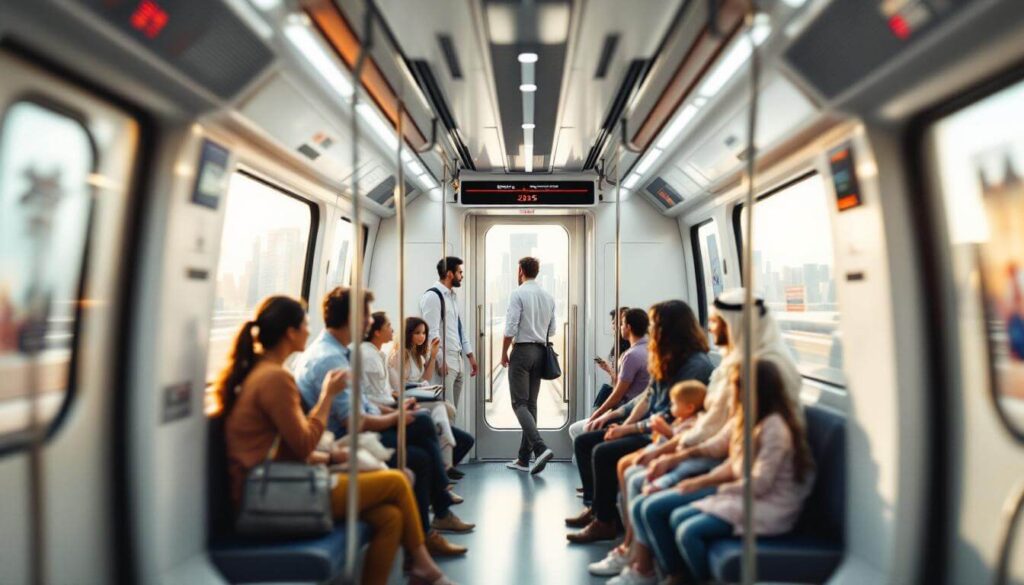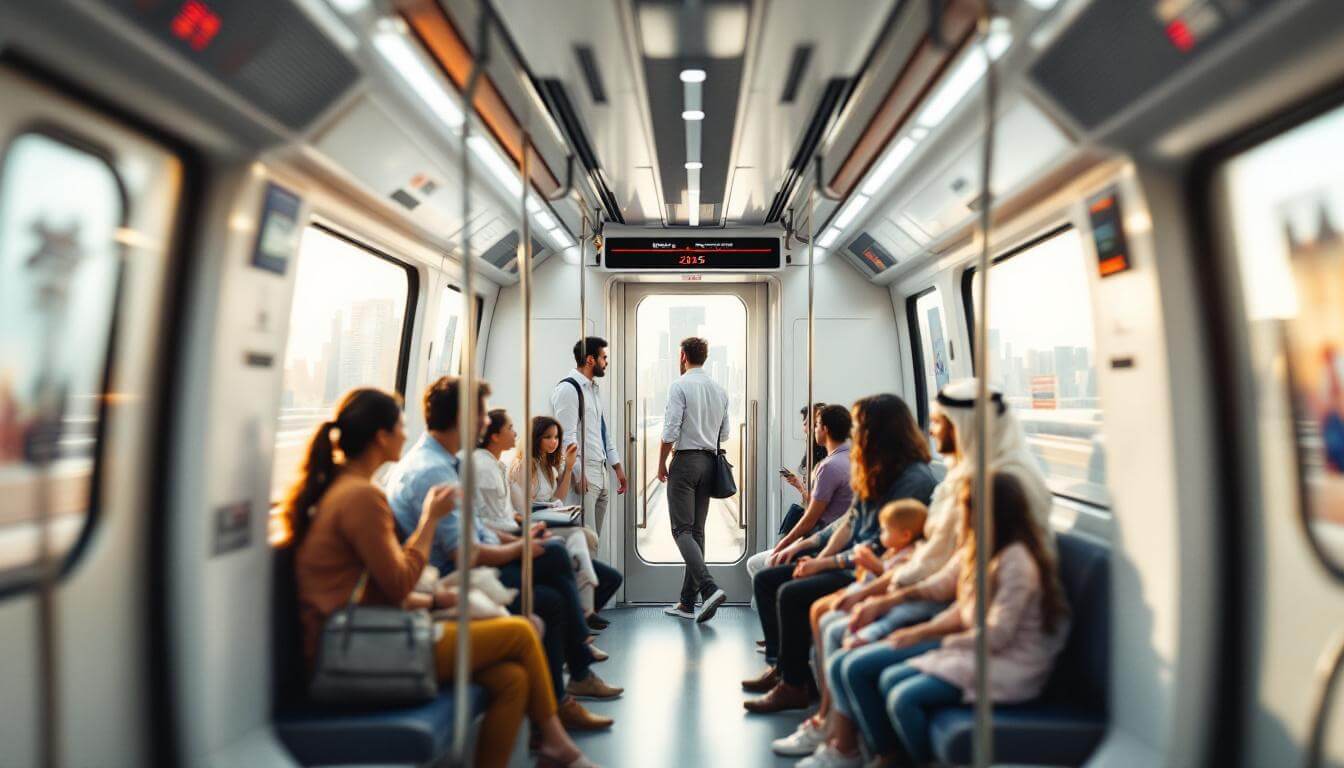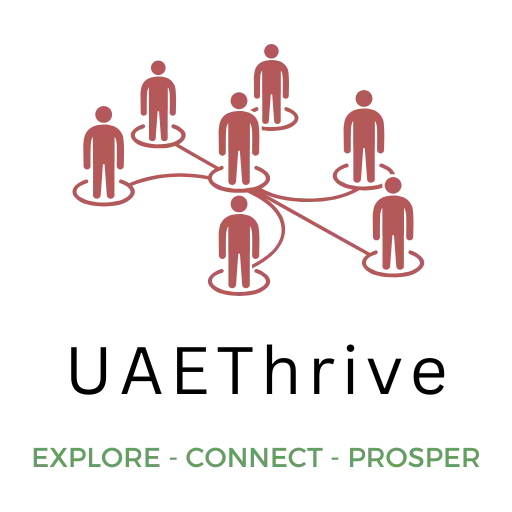Dubai Red Line Metro: An Easy Guide to 2025’s Boosted Routes and Smarter Services

Dubai’s Red Line Metro isn’t just another train service. It is the backbone of the city’s public transport system, connecting communities, business hubs, and leisure hotspots from Centrepoint in the east to Expo City in the west. With the recent updates in 2025, including new direct routes and improved train capacity, the Red Line now serves more passengers faster and more comfortably. If you live in Dubai or just visit for business, knowing how to use the Red Line Metro can save you both time and hassle. This guide breaks down the essentials of the line today and what’s just changed.
History and Development of the Red Line
The Red Line’s journey mirrors Dubai’s own growth. Launched in 2009, it was the first major urban rail in the Gulf region and has become a key pillar in the city’s 2040 Urban Master Plan, supporting the vision of efficient, people-friendly mobility.
Initial launch and early extensions
When the Red Line started operating, it ran 52 kilometres from Rashidiya to Nakheel Harbour & Tower, hugging Sheikh Zayed Road much of the way. The original route quickly proved its worth, with ridership topping expectations in just a few years. Early extensions brought the Red Line to Jebel Ali, opening up links to Dubai’s largest port and emerging business districts. These moves transformed daily commutes for workers and cut road congestion.
You can read more about the Red Line’s timeline and impact at Red Line (Dubai Metro).
Recent expansions up to 2025
Between 2023 and 2025, the Red Line has seen its biggest growth phase yet. New stations stretched service deeper into Expo City, ensuring seamless connections for growing communities and major events. The system now integrates more closely with the Green Line and, looking ahead, with the highly anticipated Blue Line. These changes are part of the Dubai 2040 Urban Master Plan which aims for a future-proof and walkable Dubai.
For a wider look at the Metro’s expansion, “Dubai Metro Expansion 2025 and Beyond” gives an accessible overview of Gold, Blue, Red, and Green Line projects at DAMAC Properties.
Current Route Structure and Services
In 2025, the Red Line Metro operates three main service routes out of Centrepoint. These improvements aren’t just technical upgrades; they mean less crowding, shorter waits, and easier access to major destinations.
Standard round-trip route
The backbone of daily service runs between Centrepoint (Rashidiya area) and Life Pharmacy station. Trains follow a regular pattern, stopping at key business, retail, and residential districts. During peak hours, you wait just 2 to 3 minutes for the next train. The end-to-end journey clocks in at around 65 minutes, connecting the city’s heart with its outskirts.
Direct Expo City service
The Centrepoint to Expo City route is now fully direct, saving commuters from changing trains and trimming travel times. This route is especially important for those heading to events at Expo City, a site that’s grown into a business and lifestyle destination since Expo 2020. Trains on this route run every 4 to 6 minutes during peak flows, handling major shifts in passenger load during conferences and festivals.
New Al Fardan Exchange shortcut
To solve persistent congestion and help regular commuters, a new shortcut route from Centrepoint to Al Fardan Exchange station was launched in 2025. This service runs during peak morning and evening hours, skipping certain stops and speeding up journeys by up to 15 minutes on crowded sectors. Early data shows this change has improved the flow and comfort, especially for business owners and shift workers.
Ridership Trends and Capacity Management
Dubai’s Red Line Metro is one of the busiest services in the region. As the city hosts more people and global events, passenger growth demands smarter management.
Ridership statistics 2020–2025
Over the last five years, Red Line ridership has grown by around 8% annually. By early 2025, the line carried an average of 500,000 passengers per weekday, with record peaks during large events at Expo City. The Red Line continues to outpace the Green Line in daily passengers, partly due to its reach and speed.
| Year | Average Daily Ridership | % Change YoY |
|---|---|---|
| 2020 | 400,000 | -6% (pandemic) |
| 2021 | 420,000 | +5% |
| 2022 | 465,000 | +11% |
| 2023 | 485,000 | +4% |
| 2024 | 496,000 | +2% |
| 2025 | 500,000+ | +1% |
Tech tools for crowd control
To manage these big numbers, the Dubai RTA deploys a mix of real-time train displays, mobile app alerts for busy times, and dynamic train lengths based on predicted demand. The service now closely tracks performance in every station, using data to assign more staff and longer trains where the pressure is highest.
Future capacity plans
The next frontier is the Blue Line connection. With construction already underway, the Blue Line will link up with the Red and Green Lines, allowing smoother cross-city transfers and handling up to 320,000 extra passengers by 2040. The train network will stretch over 130 kilometres, making Dubai’s Metro among the most modern anywhere.
For more on the Blue Line, Dubai Metro Blue Line guide provides routes, station details, and timelines.
Passenger Experience and Amenities
The Red Line Metro team knows quality experience drives repeat use. Dubai has invested in features and services that make journeys easy and pleasant for families, business owners, and visitors alike.
Nol card and fare zones
Riding the Metro uses the Nol card system. Fares are zone-based, with discounts for youth, seniors, and people with disabilities, along with a premium Gold Class carriage for those who value extra space and comfort. The card is rechargeable and works across Metro, bus, and even some taxi services.
Accessibility and safety features
Dubai’s Metro is built for everyone. Stations offer lifts, tactile routes for the visually impaired, wide gates for wheelchairs, and clear signage in Arabic and English. Security staff are visible throughout, helped by extensive camera networks. Every train has emergency intercoms and protocols for fast response.
Convenience services
Riders get free Wi-Fi onboard and in stations. Many Metro stops feature shops, cafes, and banks, turning waiting time into productive time. Park-and-ride sites are available at strategic locations like Centrepoint, making it easy to switch from car to Metro. Buses and the Dubai Tram connect at key stations, broadening your travel network.
For deeper insight into daily operations and what to expect, Dubai Metro offers context on the wider network.
Get your UAE business discovered for free
Add your company to UAEThrive and show up where buyers search. Reach local customers, win trust with a verified profile, and get direct enquiries without ads.
- Show up in UAE-wide business searches
- Collect reviews and build credibility
- Add products, services, and contact details
- Get more calls, messages, and site visits
Takes 2 minutes. No card needed.
Conclusion
The Dubai Red Line Metro isn’t standing still. With the 2025 upgrades, the line now moves more people, more efficiently, with new routes and smarter links. Whether you’re heading to a business meeting, shopping, or a family outing, the Red Line offers carriage space, helpful technology, and clear information. It stands as a mentor to what smart urban planning should look like. If you plan a trip to Dubai soon or want to grow your business in this thriving city, try the Red Line. It’s often the quickest, most reliable way to connect.
Every journey on the Red Line isn’t just travel. It’s a seat aboard Dubai’s future, one station at a time.

Related reading:
Abu Dhabi’s research ecosystem and global financial competitiveness
